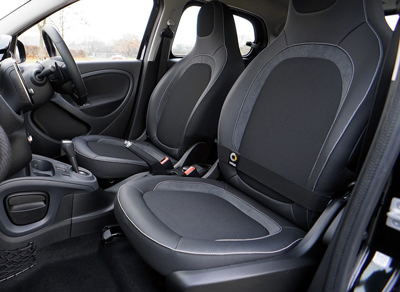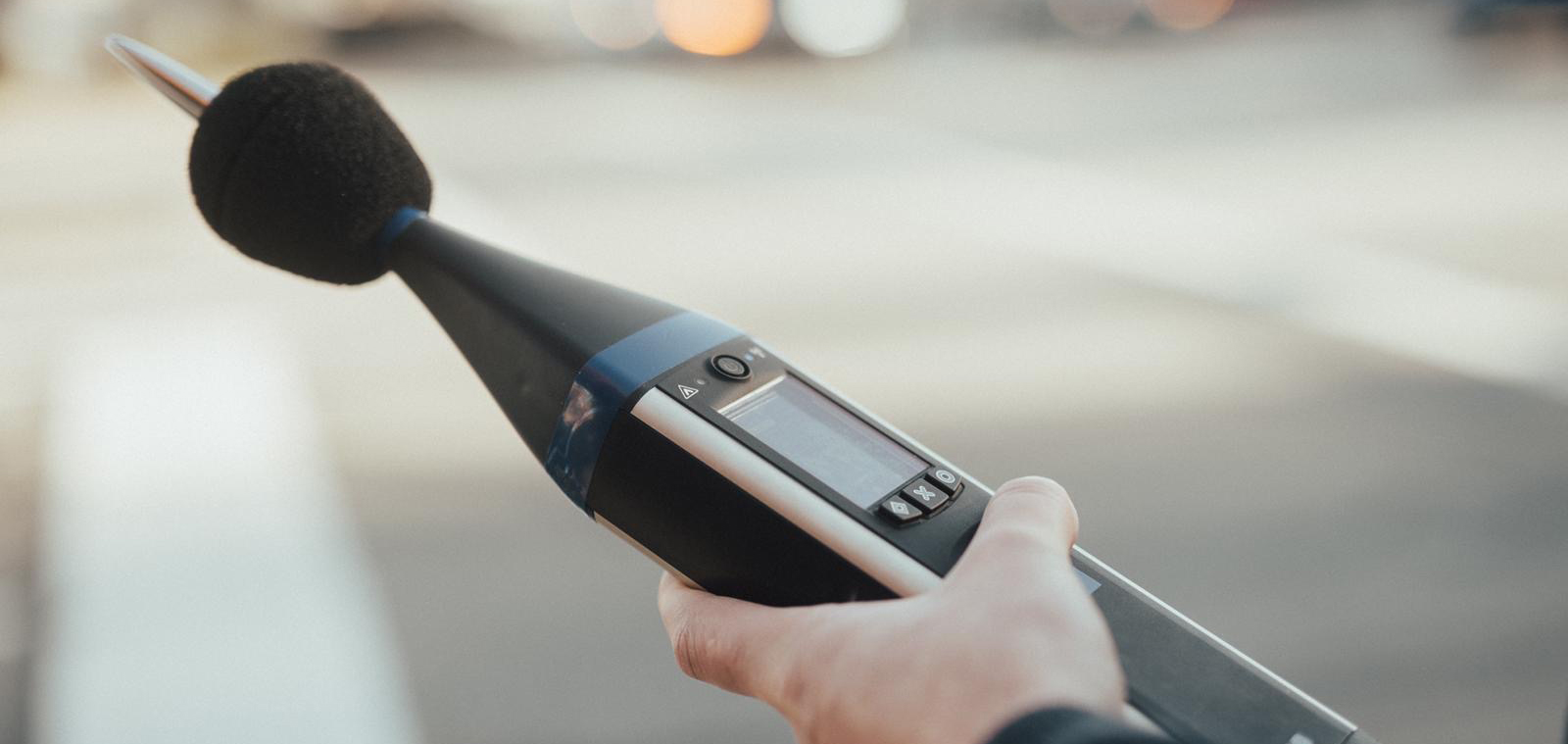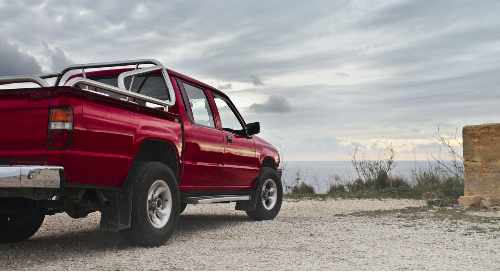How Do Plastic Bearings & Bushings Reduce Noise in Automobiles?

The range of applications that involve plain bearings is massive and stretches across all industries. Up until recently, the primary focus has been on minimizing wear and friction against the counterpart. However, recently, an additional focus has come into the purview—noise reduction. With an increasing demand for quieter vehicles, both inside and out, noise reduction has become a core focus when designing plain bearings for the automotive industry.
Why is noise reduction becoming increasingly important?
With the introduction of electric vehicles into the automotive marketplace, people have started to become more and more familiar with quietly-running vehicles. Even automobiles with internal combustion engines are being built more often with increasingly high-quality insulation to ensure that the interior of the vehicle is as quiet as possible. Noise has always been an interesting challenge for bearing manufacturers since a moving vehicle experiences an enormous amount of mechanical loads over its lifetime, which is why engineers are focusing more on minimizing system noise than ever before.

Although permanent noise usually has no relevance in regard to safety, it is still a massive priority for bearing manufacturers since it is crucial for customer satisfaction. Often, a customer will resort to another vehicle brand due to the acoustics of the interior—after all, nobody wants to have to endure a permanent rattle or buzz when they are driving.
Therefore, automobile designers and engineers are always searching for the best possible bearing solution for reducing unwanted background noise.
What are BSR and NVH noise and how do they occur?
BSR and NVH are acronyms that you will see often in the automotive engineering space, since they represent noise classifications. Below are the meanings for each:
- BSR = Buzz, Squeak and Rattle / Humming, Squeaking and Rattling
- NVH = Noise, Vibration and Harshness / Noise, Vibration and Roughness
BSR and NVH include all possible noises that can be generated by components and assemblies within vehicles, along with those that can be triggered by various internal and external sources. Vibrations, in combination with speed and any existing loads, can lead to clearly-audible background noises. This is why the right bearing solution needs to be strongly considered, since it is quite common that the bearing assembly will trigger these noises from the seat, emergency brake, window actuator, or armrest, among other things.

How do plastic bearings help reduce BSR and NVH noise?
iglide® plain bearings made from high-strength plastic materials are more elastic and flexible than metallic bearings, and provide dampening materials that can achieve the desired noise reduction.
Additionally, iglide® materials are tribologically optimized, which means that solid lubricants are embedded within the materials and cover the entire wall thickness so that no additional lubricants are needed. This guarantees a consistent performance throughout the entire service life of the bearing without any risk for lubricant volatilization, which can lead to wear and noise.
The advantages of iglide® plain bearings are similar to those of metal plain bearings with thin PTFE-coating; however, this thin coating can easily become damaged during assembly, or worn away over the course of time, causing increased noise. By homogeneously distributing dry lubricants across the entire wall thickness, iglide® plain bearings completely avoid this risk to guarantee a quiet interior.
Interested in iglide® plain bearing solutions for a quieter vehicle performance? Please don’t hesitate to contact our Head of Automotive here.
PS: Whether you are looking for plain bearings, spherical bearings, linear bearings, ball bearings, special sliders, gears, or components with unique geometries, the iglide® designer has you covered. There is no design that is impossible!



